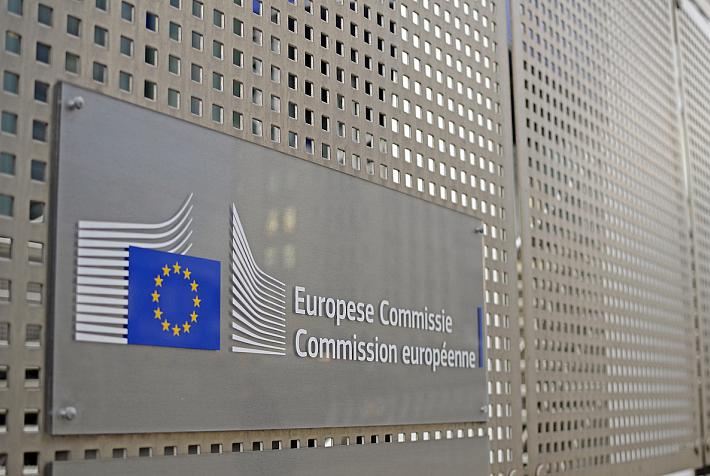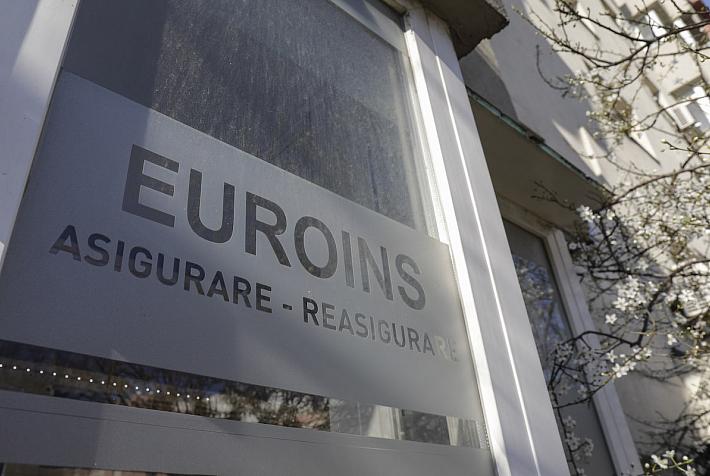Romanians top Europe’s food spending list
 Romanians are Europe’s biggest food shoppers, spending more of their income on food than the rest, shows a recent breakdown of eating habits around the world published by catering retailer ‘The Food Service’. It highlights the average daily intake of calories and the percentage of income spent on food for the 20 highest consuming nations and the 20 lowest.
Romanians are Europe’s biggest food shoppers, spending more of their income on food than the rest, shows a recent breakdown of eating habits around the world published by catering retailer ‘The Food Service’. It highlights the average daily intake of calories and the percentage of income spent on food for the 20 highest consuming nations and the 20 lowest.
The highest daily calorie intake is in the US, where the average is a super-sized 3,770 calories a day. The site gives a value of around 2,300 calories as the recommended daily intake. The recommended number of calories varies from person to person and according to sex. Typical values are 2,000 calories a day for women, 2,500 for men.
At the bottom end of the scale is The Democratic Republic of Congo, where the calorie intake average is just 1590 calories a day. The briefest glimpse at the graph confirms the fact that the richest nations eat much more than they need, while the poorest countries eat much less. Even Switzerland, which has the lowest calorie intake amongst the highest consuming nations, has a daily average intake of 3,420 calories.
However, the percentage of income spent on food highlights some marked difference in eating habits. The 20 lowest consuming nations spend much higher percentages of income on food- out of sheer necessity. But in the highest consuming nations there are big differences in the amount spent on eating too much. Romania tops the list- spending a whopping 34.4 percent of income on food, while the calorie count champions in the US shell out only 6.6 percent of their wages to fill their tummies.
Although food prices and lower or higher average incomes will account for some of the differences, others seem to be a question of culture. Britain and France are comparable for cost of living and average wealth, yet there is a large discrepancy in percentage of income spent on food: 8.8 percent in the UK against 13.8 percent in France. See the graphs here.
Another interesting point is some of the European countries with lower incidences of obesity, such as France, Italy and Romania, spend more on food. Although this does not represent a general trend- Malta, Hungary and Greece spend big on food and have high obesity incidence- it does suggest that eating habits vary greatly and that the importance food plays in daily life is much greater in some countries than in others. Read the story on obesity in Europe here.
Liam Lever, liam@romania-insider.com
(photo source: Photoxpress.com)











